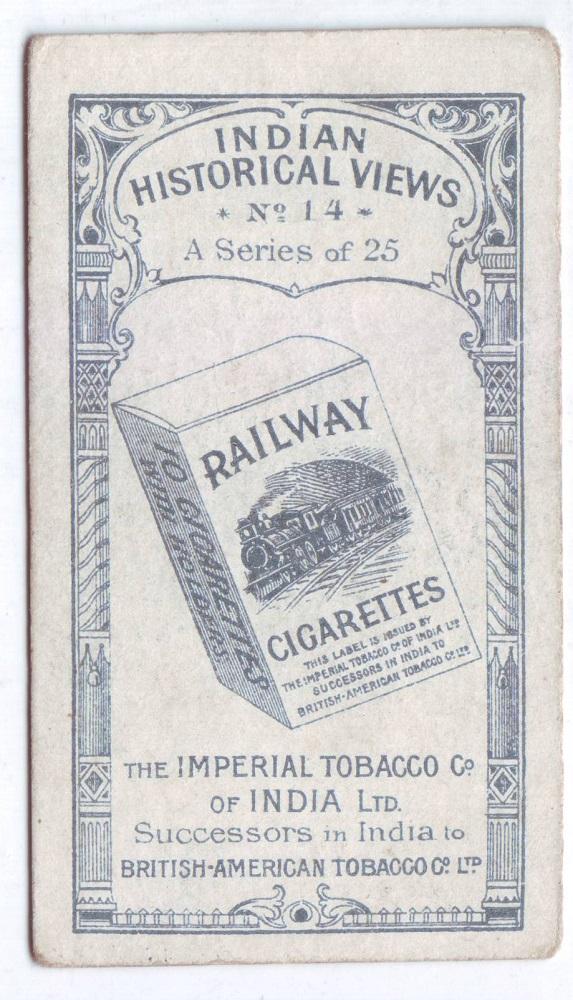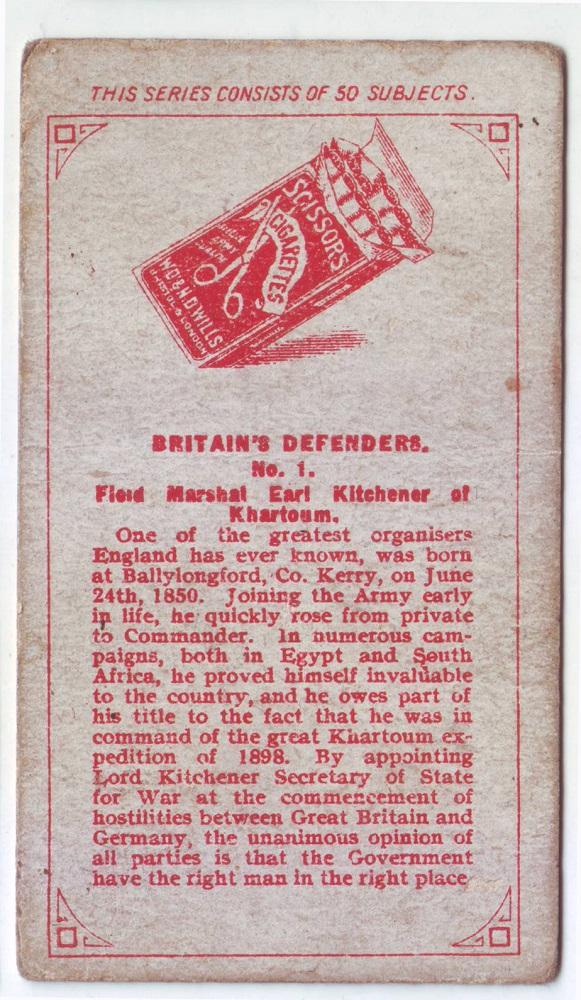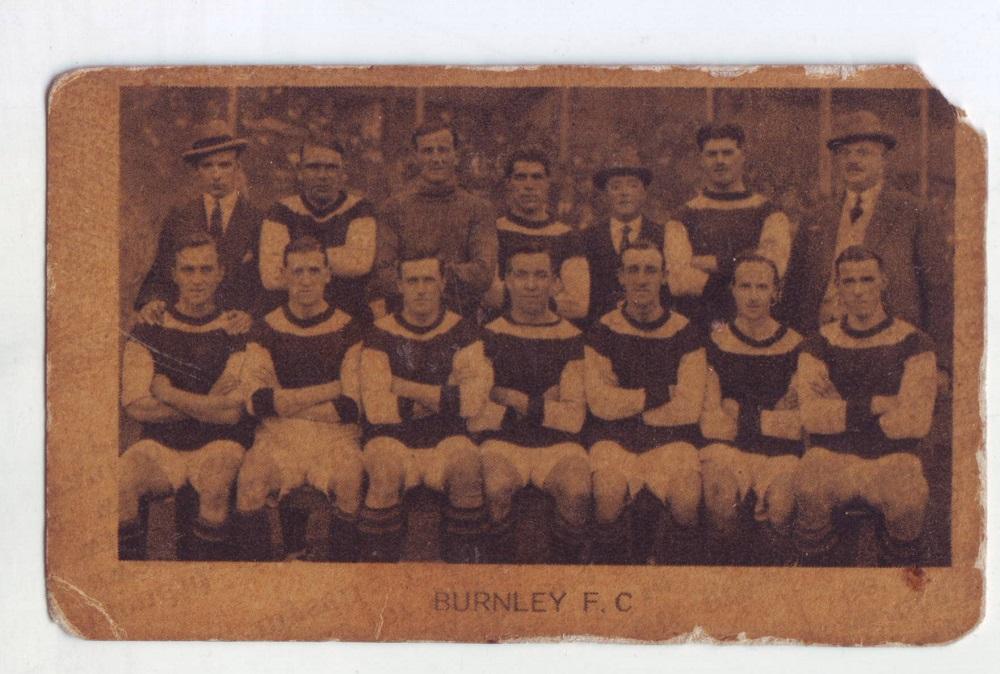Collecting the World: Cigarette Cards in South Asia
Cigarette cards were a fun, tactile way of creating affective bonds between tobacco companies and their customers. They were small, stiff cards inserted into the tins of tobacco—to prevent the cigarettes from getting crushed or broken—that were popularly available across the world in the twentieth-century. British-Indian tobacco companies (like the Imperial Tobacco Company of India Ltd.) were mindful of perpetuating important imperial attitudes in the colony through their “fag cards,” frequently using modern symbols of progress that were championed by the colonial government, like the railways; or images of “Indian Historical Views” in places like Gwalior, Agra or Lucknow. At other times, more directly, they would show ethnographic portraits of local rulers and elites as well. These views were created using the methods of colonial architectural photography, developed over the nineteenth and early twentieth-century, mixed with documentary anthropology, which fed into the circuits of trivia and temporal power.

Announcement for a Series of “Indian Historical Views,” for the Imperial Tobacco Co. of India Ltd. It features the train as a reliable symbol of colonial progress.
Many of these were meant to be part of a series of collectibles, by which the consumer was encouraged to return to their purchases—and this was sometimes indicated on the card itself. This extended to sporting teams as well—a habit that endured until well into the late twentieth-century—so that player or team cards were prized by young collectors, including children.

Scissors Cigarettes produced a series that included brief texts of empire-building myths about notorious colonialists like the Field Marshal Earl Kitchener of Khartoum (and subsequently First World War fame) whose scorched earth policy during the Boer war escaped comment.
These cards were usually printed with the help of cheap printing technologies that were proliferating in Britain and colonial India at the time, but their colourful exotica and trivial information—essentially suggesting a de-political narrative for reading these images—attracted loyal consumers as well as cartophilists.

Collectible cigarette cards were some of the most popular forms of sporting memorabilia in the twentieth-century. This shows the team of Burnley F.C., which has a storied involvement in developing the Football Association in Britain. They were England champions in the 1920-21 season.
To read more about cigarette cards, please search for "Cigarette Cards: Mapping Relations between Consumers, Colonialism and Trade."
All images from the private collection of Kazi Anirban.




